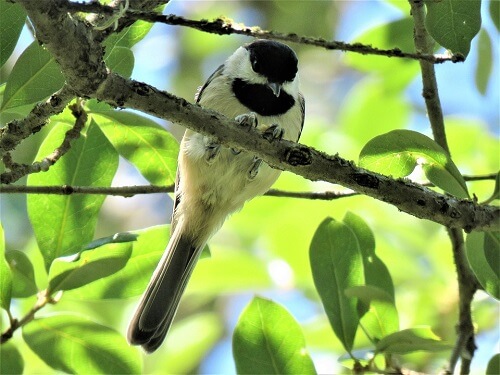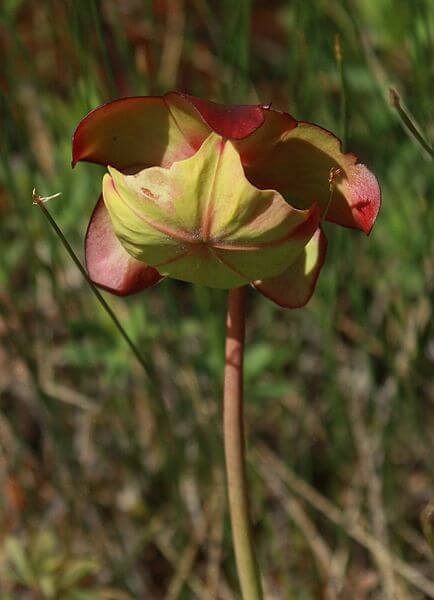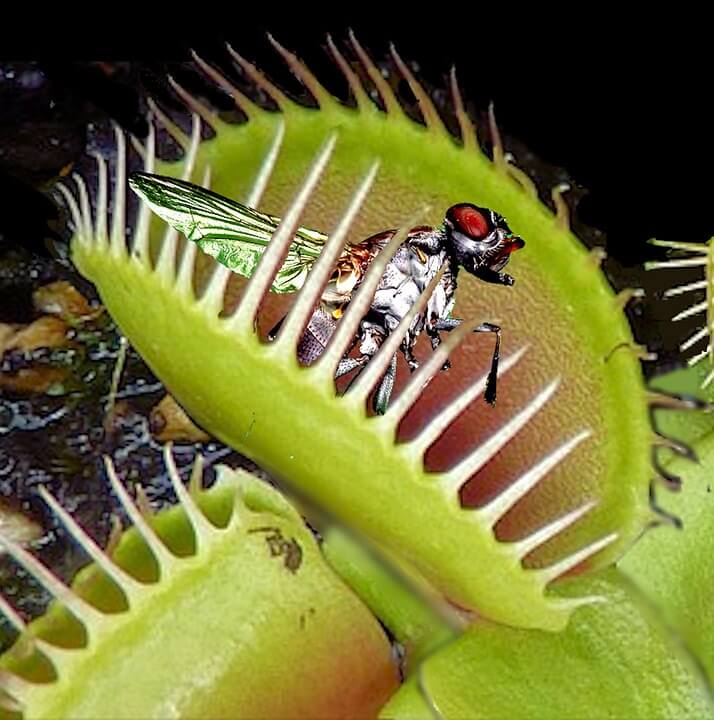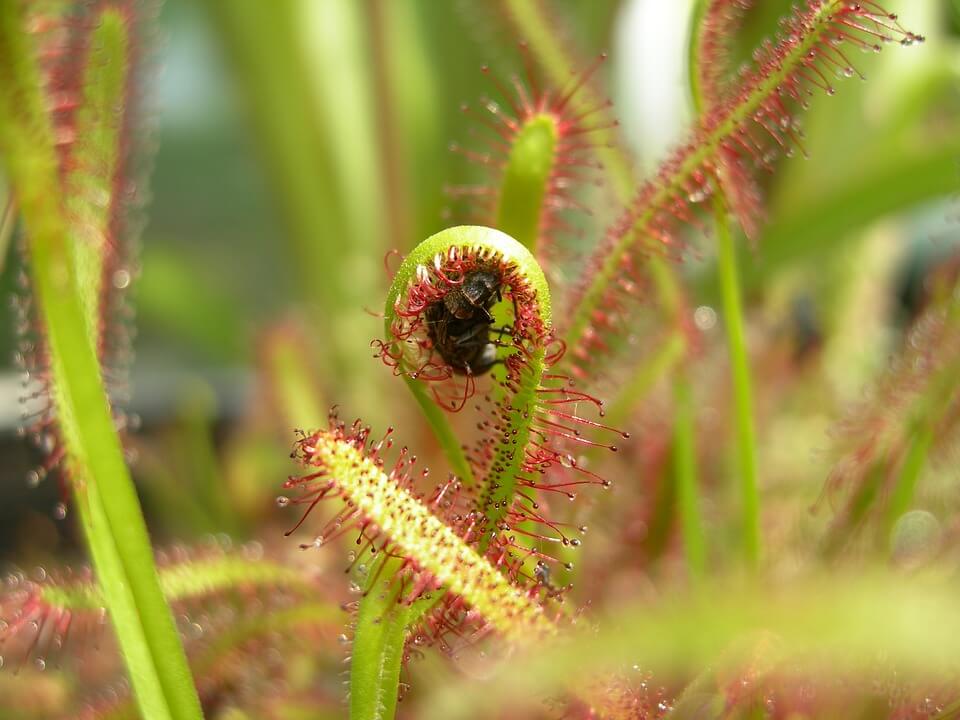 Plant Nature Study I
Plant Nature Study I
Plant Nature Study I
Plant Nature Study I




 Plant Nature Study I
Plant Nature Study I
Plant Nature Study I
Plant Nature Study I

Study the lesson for one week.
Over the week:
Carnivorous Plants:
Activity 1: Narrate the Story
Activity 2: Examine other Carnivorous Plants



Activity 3: Continue Your Experiment - Which Soil is Best for Beans?
Activity 4: Complete a Field Book Entry

As you conduct your experiment, complete page 20 in 'Science Field Book for Third Grade.'